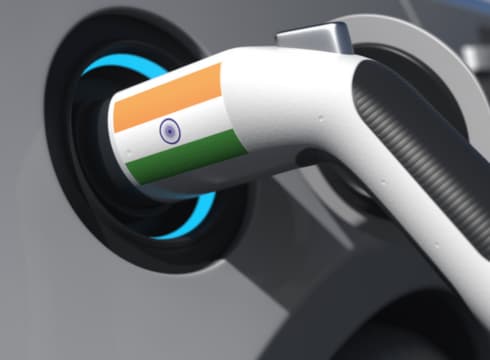EV companies certifying vehicles for subsidies under FAME-III would reportedly have to undergo a techno-commercial audit twice a year to ascertain they are meeting the localisation guidelines
In the event of non-compliance, they will have to refund claimed subsidies with interest at a higher rate than marginal cost of funds-based lending rate
The Centre is likley to announce the FAME-III scheme in the upcoming budget next month with an expected outlay of INR 10,000 Cr
Inc42 Daily Brief
Stay Ahead With Daily News & Analysis on India’s Tech & Startup Economy
After the FAME-II fiasco last year, the government is reportedly set to penalise the electric automakers that opt for FAME-III subsidy, if they do not adhere to the localisation norms laid down under the new scheme.
As per an ET report, the EV companies certifying vehicles for subsidies under FAME-III would have to undergo a techno-commercial audit twice a year to ascertain they are meeting the localisation guidelines.
A government official informed the publication that in the case of any irregularities to the norm, the manufacturers would be liable to return the claimed government subsidies with an interest, which would be at a rate 3% higher than the marginal cost of funds-based lending rate (MCLR) in penalties.
“We are putting in place a committee with representatives from testing agencies, which will audit every six months whether companies are meeting the localisation norms in vehicles certified under FAME,” the official was quoted as saying. “In the event of non-compliance, they will have to refund claimed subsidies with interest at a higher rate than MCLR.”
It is to be noted that FAME-III is likely to be announced in the upcoming budget next month with an expected outlay of INR 10,000 Cr to keep boosting the adoption of EVs in the country. The upcoming scheme is likely to focus significantly on the adoption of public transport such as ebuses along with two- three- and four-wheelers, while also focusing on charging infrastructure.
The earlier iteration of FAME, the FAME-II, which ended in March this year, was launched in 2019 with a total outlay of INR 10,000 Cr. It was slated to support 10 Lakh electric two-wheelers, 5 Lakh electric three-wheelers, 7,000 electric buses, and 55,000 electric four-wheeler passenger cars through subsidies.
However, following multiple fire-related incidents with EVs in the country, more than a dozen of the top electric two-wheeler players of 2022, came under the government’s scrutiny last year for not adhering to the localisation norms and were heavily penalised. The most prominent players of 2022 like Okinawa Autotech, PureEV, Hero Electric and Ampere, slowly lost their leading positions in terms of vehicle sales.
Following the misappropriation of the subsidies, the MHI cut incentives under the FAME-II scheme last year to 15% of the ex-factory price of a two-wheeler EV from 40% earlier while also slashing the demand incentive.
The Ministry of Heavy Industries (MHI) also sent notices to the OEMs under the scanner to recover subsidies worth a total of INR 469 Cr for flouting the localisation norms.
The MHI’s decision to put an embargo on some of the manufacturers from listing their sales on the official National Automotive Board (NAB) portal, penalising them, and issuing notices to the OEMs to return the subsidy amounts, led to a huge outcry in the EV industry.
Commenting on the government’s third iteration of FAME, the official told the publication that the objective of the scheme is to support and accelerate consumer adoption of EVs and simultaneously create a local ecosystem to bring their costs down over time.
“It goes against the very purpose of the scheme if companies do not source locally. It will hinder the development of a vendor base in the country,” the official was quoted as saying.
{{#name}}{{name}}{{/name}}{{^name}}-{{/name}}
{{#description}}{{description}}...{{/description}}{{^description}}-{{/description}}
Note: We at Inc42 take our ethics very seriously. More information about it can be found here.


